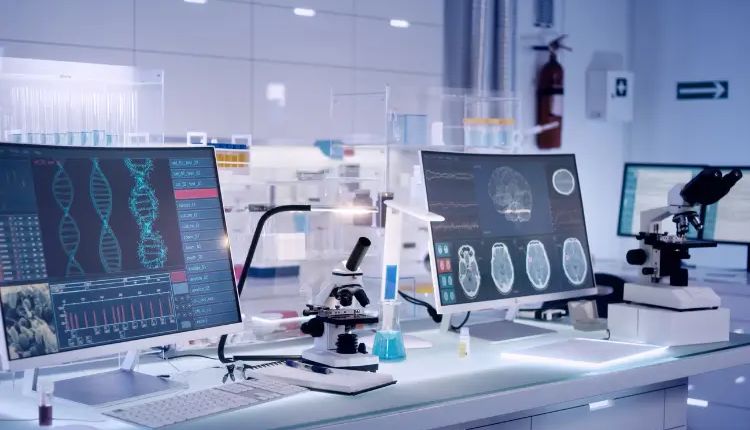Advances in technology have led to significant transformations in science laboratories worldwide. These labs are looking to become more efficient, and automation is helping them achieve this goal. Furthermore, they’re working to become more sustainable. This innovative equipment is enabling research to advance at a rapid rate, while also improving in quality.
Automation
Automation is playing a key role in this transformation. Research is becoming increasingly complex due to the growing volume of data collected. Automated systems are necessary to enhance efficiency in these laboratories, and Midwest Scientific offers a range of products designed for use in sample handling, pipetting, data collection, and more.
Robotic systems are also being used to minimize human error. These systems save time while enhancing throughput. This is particularly important in many research environments, such as those involved in drug discovery. Labor costs decrease as scientists have more time to focus on decision-making and innovation rather than completing repetitive tasks.
Sustainability
Scientists understand the importance of protecting the environment. Climate change and resource depletion remain on their minds as they carry out their tasks. Many laboratories are utilizing eco-friendly equipment and practices to minimize their carbon footprint. Experts believe this trend will continue, and labs will work to minimize waste, reduce their energy consumption, and optimize the use of resources.
IoT Integration
The Internet of Things (IoT) has established a presence in many industries today. Labs will use it in countless ways in the coming years. Scientists will monitor and control lab conditions in real time with the help of this technology, thereby optimizing lab conditions. They will rely on sensors to provide continuous data and variables, ensuring all experiments are completed under optimal conditions. With the help of this technology, a lab manager can access data remotely and make necessary changes.
3D Printing
Lab managers can now create their own customized equipment and printing using 3D printing. They might use the printer to develop a prototype component or instrument. However, the same device can be used to create complex bioprinted tissues. These tissues can then be used for medical research to advance the industry. If a researcher lacks a lab tool for a specific task, a 3D printer can be used to create a custom design tool. The scientists will no longer need to find a source for the tool, as it is already available within the facility.
Increased Safety
Safety must be a priority in any workplace, particularly in labs. Equipment manufacturers understand this and are continually seeking innovative ways to enhance their offerings. They’re striving to improve safety protocols while safeguarding researchers. Accidents in a lab can be disastrous, so the equipment manufacturers are looking for ways to reduce the risk of these issues. One way they are achieving this goal is by designing equipment with robust safety features, automated shut-offs, and advanced controls. To determine which risks need to be addressed, these manufacturers are turning to artificial intelligence for assistance.
Every lab strives to increase efficiency and productivity without sacrificing safety. At the same time, they want to ensure they are using sustainable practices to benefit the planet. The methods outlined above are a few of the many ways they are trying to achieve these goals. Innovations help improve the accuracy of research while increasing efficiency. As a result, labs in the future will be more innovative. This will enable scientists to focus on expanding their knowledge and making groundbreaking discoveries, ultimately benefiting everyone.






